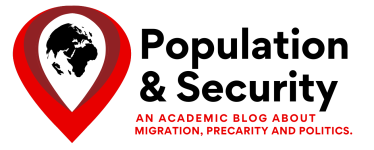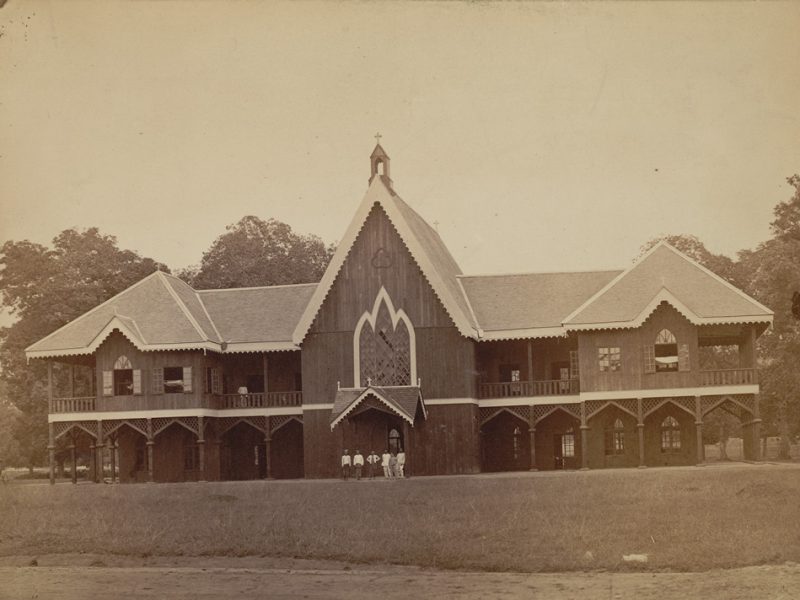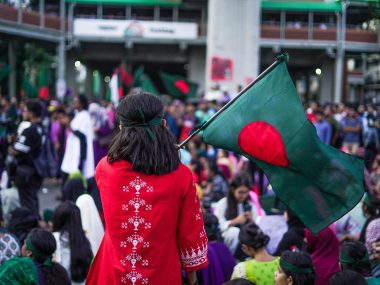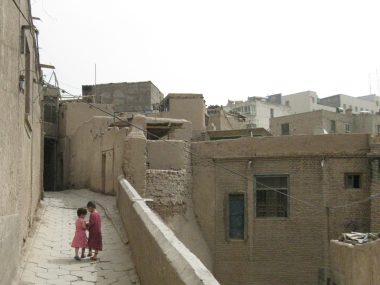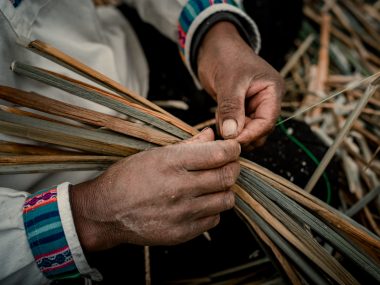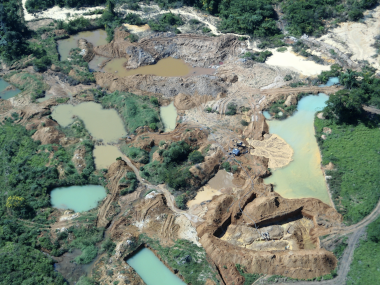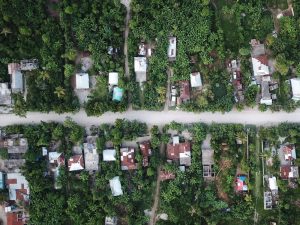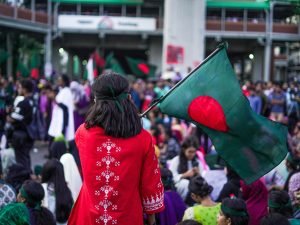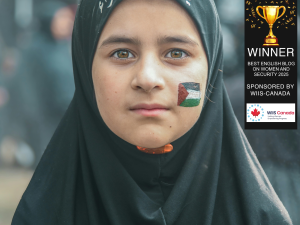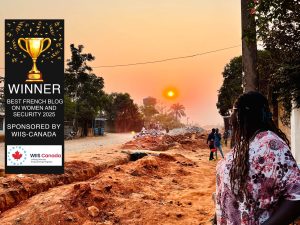As Indigenous populations in Canada grapple with the intergenerational effects of the residential school system, ethnic minorities in Myanmar also struggle with cultural erasure and forced assimilation through residential schools. Little known and even less discussed, residential schools, also known as missionary schools, were prevalent in colonial Myanmar. Even more shocking, different Burmese governments post-independence, including the present-day military government, continued to operate residential schools for non-Burman ethnic minorities to Burmanize them and build an overarching national identity.
Burmanization is a process in which education, repressive laws, religious proselytization, economic exploitation, and often brutal force are used to wash away ethnic minorities’ own identity. Some even liken this process to colonial rule, arguing that the Burman ethnic majority has colonized and is continuing to colonize territories that are historically, culturally, and economically specific to ethnic minority groups. To those who argue that the Burman ethnic majority is also a colonial power, ethnic minorities in Myanmar are doubly colonized. Double Colonization is commonly defined as “women of colonized nations being doubly oppressed due to their race as well as their gender.” In the context of this article, double colonization will refer to Indigenous ethnic minorities of formerly colonized nations being doubly oppressed by the colonial government pre-independence and by the ruling ethnic majority post-independence.
Residential Schools under British Colonial Rule
A British colony from 1824 to 1948, the Western influence was dominant in Myanmar until 1962. Christian missionaries established residential schools targeting ethnic minorities, in attempts to “civilize” the people of Myanmar. These schools were successful in educating ethnic minorities such as the Chins, Kachins, and Karens under the colonial system, and even converted them to Christianity.
Assimilation and Cultural Genocide of Ethnic Minorities in Post-Independence Myanmar
Since the military coup in 1962, different governments of Myanmar have promoted Burmese nationalism for every citizen regardless of their ethnic origins. Four governments ruled Myanmar from 1962 to 2021: the socialist government (1962-1988), the State Peace and Development Council (SPDC) government (1990-2010), the Union Solidarity and Development Party (USDP) Government (2010-2015), and the National League for Democracy (NLD) Party Government (2015-2021) (BBC, 2018). The former two were very authoritarian whereas the latter two were more democratic in comparison. Regardless of their differences, education and language policies that forcefully assimilate ethnic minorities into accepting the Burmese national identity were at the forefront of each government’s nation-building policies.
Four types of Burmanization policies were employed in Myanmar to ensure the cultural assimilation of ethnic minority groups. First, Burmese was declared as the official, and virtually only, language of instruction in all educational institutions. Secondly, the instruction of ethnic minority languages was denied and persecuted. Third, residential schools and universities for ethnic minority youths as young as 10 years old were established. These institutions are controlled by the Ministry of Border Affairs instead of the Ministry of Education under which all other public schools and universities operate. Finally, ethnic minority students enrolled in the residential schools and universities are systematically trained to advocate for the sustenance of the Union of Myanmar and later turned into faithful civil servants. As of 2019, the Ministry of Education has employed more than 10,000 alumni from residential degree colleges as high school teachers. These teachers, systematically trained to disseminate pro-Burman knowledge to school-age children across the country, help perpetuate a culture of state control and contribute to the erasure of ethnic minority cultures.
Residential Schools in Post-Independence Myanmar
The first residential school targeting ethnic minorities in post-independence Myanmar came into existence under General Ne Win’s regime. In 1964, the Academy for the Development of National Groups was implemented and was highly publicized. The Academy was the government’s attempt at removing ethnic minorities from their respective ethnic minority states to a Burman-majority division and educating them at a residential school under the government’s guidelines. Only national minorities Indigenous to Myanmar qualified for enrollment.
In 1991, the Academy for the Development of National Groups was reformed as a university under the SPDC government. The legitimacy of this university remained questionable as there was no provision for research. The university was run directly by the military junta which is indicative of the increased military control of the state and education apparatus. Students were required to wear uniforms even at the post-secondary level. The university trained ethnic minority attendees as Burmese language teachers for the ethnic minority states and to promote the Myanmar national identity along with Buddhist culture. Ethnic minority leaders saw the new university as an instrument by the Burman-majority government to suppress minority cultures.
The NLD government was conventionally deemed the most progressive government in Myanmar since 1962. However, residential schools continued to operate under this government. In fact, there were more such institutions under the NLD administration compared to when the department was first established in 1999. As of 2019, there were 64 institutions targeted at Burmanizing ethnic minority youth – the Education and Training Department headquarters, the University for Development of National Races, two degree colleges for ethnic minority youth, one central training school, 45 border youth development training centers, 9 mechanical schools, and 5 women’s vocational training schools, all controlled by the Ministry of Border Affairs. The youth development training centers accept students as young as 10-year-olds. Ethnic minority students are forced to study Buddhist scriptures at the youth development training centers and punished if they refused to conform to mainstream Burman traditions and cultures.
Ethnic Minorities in Myanmar and Double Colonization
Ethnic minority groups in Myanmar faced colonial oppression under British imperial rule. Residential missionary schools played a key role in suppressing Indigenous languages, cultures, and traditions. This erasure did not stop with independence. Beginning in 1962, Myanmar became increasingly nationalist with different governments promoting a Burmese national identity at all costs. Residential schools and universities, albeit controlled by the central government, prospered, and became an important part of the state apparatus. Unlike residential schools in other former British colonies, those in Myanmar are virtually unheard of by the international community. Ethnic minorities in Myanmar are doubly colonized, first by the British Empire and then by the governments of Myanmar.
As problematic as Canada is in addressing the grievances caused by its residential school system, some actions have been taken such as state apologies and settlements. The most recent settlement was a $2.8-billion settlement between the federal government and 325 First Nations. In contrast, no action has been taken to address the grievances of Indigenous ethnic minorities in Myanmar, let alone eradicate the thriving residential school system. Colonial assimilation in the name of “civilizing” have caused immense terror in Indigenous populations around the world. Countless children have been ripped away from their families and societies, then forcefully assimilated into the culture of the colonizers. Many children were physically, mentally, and sexually abused, and even murdered by this system. Survivors grapple with trauma that consequently affects their quality of life. Cultural genocide through residential schools causes intergenerational trauma for all Indigenous populations exposed to it, and those in Myanmar are no exception. It is high time that the Burmese government starts taking action toward meaningful and true reconciliation and providing reparations.
